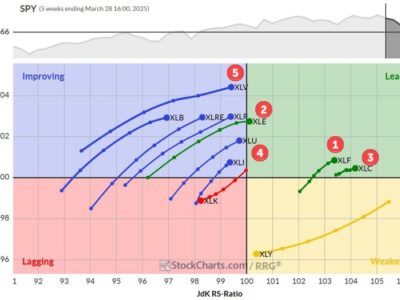
In the wake of the March 2023 failures of Silicon Valley Bank (SVB) and Signature Bank, federal agencies released a flurry of reports on April 28. The Federal Reserve (Fed), the Government Accountability Office (GAO), and the Federal Deposit Insurance Corporation (FDIC) each released their own reports to explain what happened.
Just days later, the FDIC released another report. It was unsolicited, but it offered Congress multiple options for reforming federal deposit insurance.
In a previous Cato at Liberty post, I discussed the Fed and GAO reports. Today’s post focuses on the two FDIC reports. (I’ll have at least one more post after I digest the FDIC’s special assessment proposal.) As the primary federal regulator for Signature Bank, the FDIC took some of the blame for supervisory failures while also blaming Signature’s management. (The Fed was the primary federal regulator for SVB, and they basically took the same approach.) The FDIC’s report says that:
The root cause of [Signature Bank’s] failure was poor management. [Signature Bank’s] board of directors and management pursued rapid, unrestrained growth without developing and maintaining adequate risk management practices and controls appropriate for the size, complexity and risk profile of the institution.
The trouble with this statement, of course, is that the FDIC is supposed to be making sure that these sorts of problems don’t occur. And unlike the Fed, the FDIC doesn’t have the (incredibly weak) excuse that Congress rolled back regulations, making it more difficult to address problems at Signature. Even worse, as the GAO report points out, the FDIC has a long history of failing to remediate management and liquidity problems at Signature.
Worse, in 1991, Congress explicitly charged the FDIC with taking “prompt corrective action” to “resolve the problems of insured depository institutions at the least possible long‐term loss to the deposit insurance fund.” This legislation was inspired by the regulatory failures that led to the Savings and Loan crisis when approximately 3,000 federally insured institutions failed. The statute gives the FDIC a great deal of discretion to determine – and then to act based on that determination – whether a bank is “engaging in an unsafe or unsound practice.” (In fact, Congress gave the FDIC broader authority to stop banks from engaging in unsafe or unsound practices in 1966.)
So, it’s a bit audacious for the FDIC to blame anyone other than their own agency for Signature’s alleged managerial failures. Even if Signature’s management took too many improper risks, for instance, it’s still on the FDIC because they allowed that activity to take place.
Audacity doesn’t quite describe what it takes, though, for the FDIC to release another report, just days later, essentially asking for even more regulatory authority and an expansion of the agency’s coverage. And to also suggest – in that report – that Congress consider reviving something like Regulation Q, the interest rate controls that contributed mightily to the Savings and Loan crisis as interest rates and inflation took off, is almost beyond comprehension.
Regardless of what they decide to do, Congress should always start with this basic fact: The FDIC is promoting an expansion of deposit insurance after a so‐called banking crisis tied to a handful of large uninsured deposits.
And it simply isn’t the case that the typical person, business, or even payroll service business, relies solely on the ability to use uninsured deposits. Even the FDIC report acknowledges that less than one percent of all accounts are above the FDIC insurance limit, and that everyone has access to tools to skirt that limit. (The report even acknowledges that some of those uninsured deposits may not really be uninsured. They could, for example, be part of cash management tools that use sweep accounts.)
But that’s still not enough for the FDIC. According to the logic in their report, it’s unsafe for anyone – or any business – to have uninsured deposits. Uninsured depositors are dangerous to the financial system, supposedly, because those account holders are the most likely to move their money out of a bank (i.e., to run) they fear might fail. Yet, somehow, these supposedly super sensitive information gathering deposit holders are incapable of taking advantage of all the existing alternatives to get around the FDIC caps, or to protect themselves using other methods.
If members of Congress fall for that logic, all Americans will pay for it, just as they pay for the existing FDIC insurance system.








